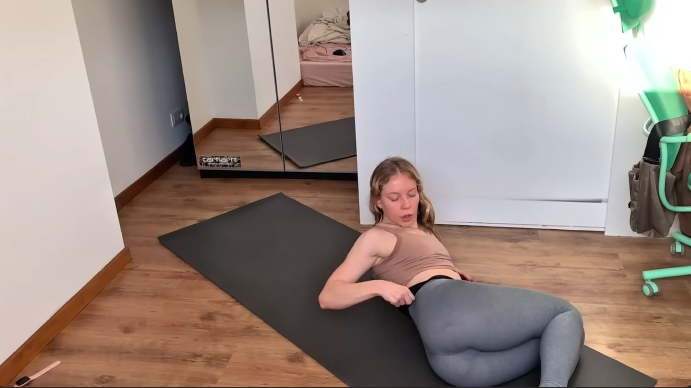
Your Ultimate Guide to Flexibility, Strength, and Inner Peace
In the hustle and bustle of modern life, finding time for yourself can be a challenge. Between work, family, and social responsibilities, your personal wellness might get pushed to the bottom of your priority list. But what if you could improve your physical and mental health without even leaving your home? That’s the beauty of yoga and stretching at home—a powerful, accessible, and deeply rewarding practice that supports overall well-being.
Why Practice Yoga and Stretching at Home?
Practicing yoga and stretching at home offers freedom and flexibility. You don’t need to travel to a gym or studio, and you can design your routine around your schedule. Whether you have ten minutes or an hour, there’s always time to roll out a mat and connect with your body.
Some key benefits include:
- Convenience: No need to commute or follow a studio schedule.
- Privacy: Feel comfortable and free in your own space.
- Customization: Choose poses and routines that match your mood and fitness level.
- Cost-effective: No class fees or memberships required.
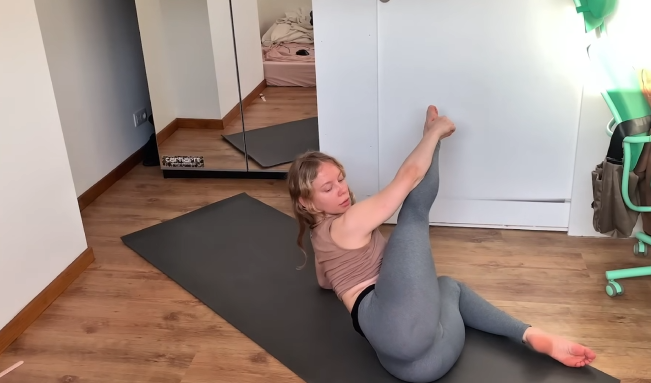
Creating Your Home Practice Space
You don’t need a fancy studio or expensive gear to start. Just a quiet corner of your home will do. Here are a few tips to create a calming yoga and stretching space:
- Clear the Clutter: Choose a quiet area where you won’t be interrupted. A tidy space helps clear your mind.
- Mat and Props: A yoga mat is essential for comfort. Optional props like blocks, straps, cushions, or blankets can deepen your stretches.
- Lighting and Sound: Soft lighting and calming music or nature sounds can set the mood.
- Scents and Atmosphere: Candles or essential oils like lavender or eucalyptus can create a relaxing environment.
Building a Simple Home Routine
A good home yoga and stretching session doesn’t need to be long or complicated. Here’s a sample 30-minute routine suitable for beginners:
1. Warm-Up (5 minutes)
Start by sitting cross-legged. Close your eyes, inhale deeply through your nose, and exhale through your mouth. Begin gentle neck rolls, shoulder shrugs, and wrist circles. This helps increase blood flow and prepares your body.
2. Sun Salutations (10 minutes)
Sun Salutations (Surya Namaskar) are a sequence of poses that warm up the whole body. Repeat the sequence 3–5 times.
- Mountain Pose (Tadasana)
- Forward Fold (Uttanasana)
- Halfway Lift
- Plank
- Chaturanga
- Upward Dog
- Downward Dog
- Back to Mountain
This energizes and stretches your body while building strength and focus.
3. Deep Stretching (10 minutes)
Focus on areas where tension tends to build up.
- Seated Forward Fold: Stretches the hamstrings and lower back.
- Butterfly Pose: Opens the hips and inner thighs.
- Cat-Cow Stretch: Warms the spine.
- Child’s Pose: Relieves tension in the back and shoulders.
- Thread the Needle: Opens the shoulders and upper back.
Take slow, deep breaths in each pose and hold for 30–60 seconds.
4. Cool Down and Relaxation (5 minutes)
Lie on your back in Savasana (Corpse Pose), with your arms and legs relaxed. Close your eyes and take slow, steady breaths. Allow your body to rest, and let go of any remaining tension.
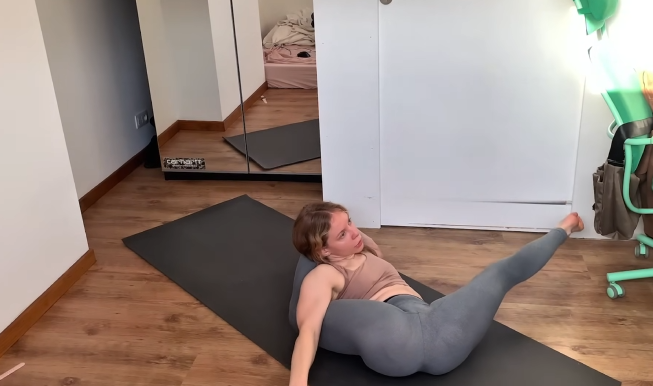
Key Yoga Poses for Flexibility and Relaxation
Even outside of a full routine, practicing a few key poses daily can make a big difference:
- Downward-Facing Dog: Full-body stretch that lengthens the spine and legs.
- Cobra Pose: Strengthens the spine and opens the chest.
- Low Lunge: Opens hips and strengthens legs.
- Pigeon Pose: Deep hip opener.
- Reclining Twist: Great for spinal health and digestion.
Focus on proper form and breathing. Never force a stretch—listen to your body.
Stretching Tips for Beginners
- Warm up first: Always warm up your muscles to prevent injury.
- Be consistent: Short, daily practices are better than long, infrequent ones.
- Use props: Blocks, straps, or even a rolled towel can help with flexibility.
- Stay hydrated: Water supports muscle function and flexibility.
- Breathe deeply: Your breath is your guide. Inhale to lengthen, exhale to release.
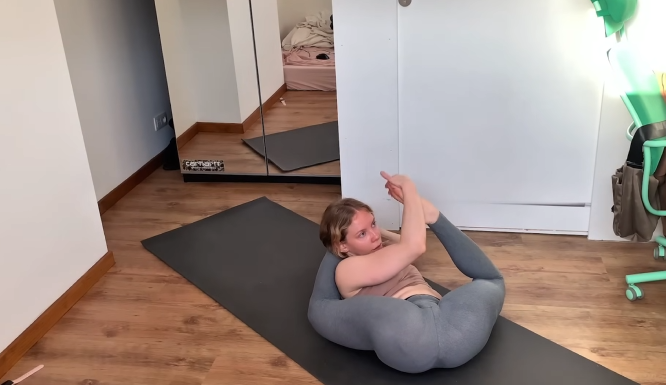
Mental Health Benefits of Home Practice
Yoga and stretching aren’t just physical—they nourish your mind, too. Practicing at home allows for introspection and mindfulness, which can reduce anxiety, improve mood, and build resilience.
Regular home practice:
- Decreases cortisol (stress hormone) levels.
- Enhances mental clarity.
- Promotes emotional balance.
- Improves sleep quality.
Even five mindful minutes a day can shift your entire outlook.
Integrating Practice Into Your Lifestyle
Fitting yoga and stretching into a busy life can seem tough—but it doesn’t have to be.
Here are some easy ways to make it stick:
- Morning Ritual: Start your day with a few poses to wake your body up.
- Work Breaks: Stretch during breaks to reduce stiffness from sitting.
- Bedtime Routine: Gentle stretches at night can help you sleep better.
- Family Time: Practice with your kids or partner—it’s fun and healthy.
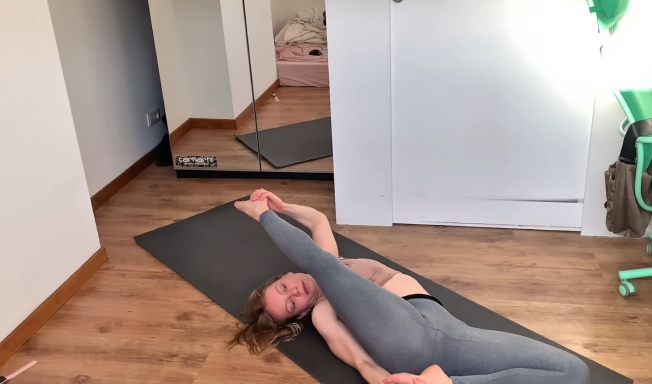
Using Online Resources
There are countless free and paid online platforms offering yoga and stretching routines. Whether you prefer YouTube, apps, or Instagram, you can find instructors who suit your style. Search for:
- “15-minute morning yoga”
- “Yoga for beginners”
- “Stretching after workout”
- “Yoga for back pain”
Many apps even let you set reminders and track progress.
Final Thoughts
Yoga and stretching at home are more than just physical exercises—they are acts of self-care. In just a few minutes a day, you can create space in your life for peace, strength, and healing. You don’t need a perfect body or fancy equipment. You just need a willingness to show up for yourself, breathe deeply, and stretch into possibility.
So, unroll your mat, take a deep breath, and begin. Your journey to better health and a calmer mind starts right where you are—at home.


